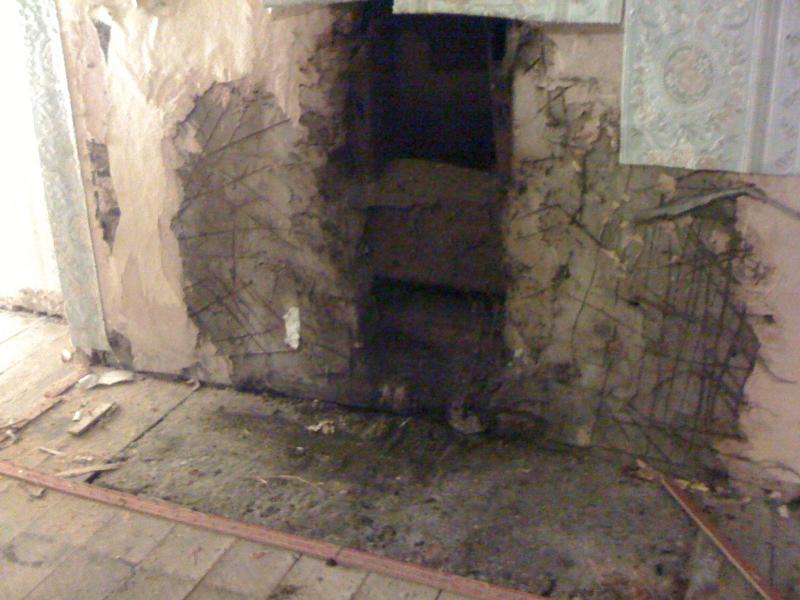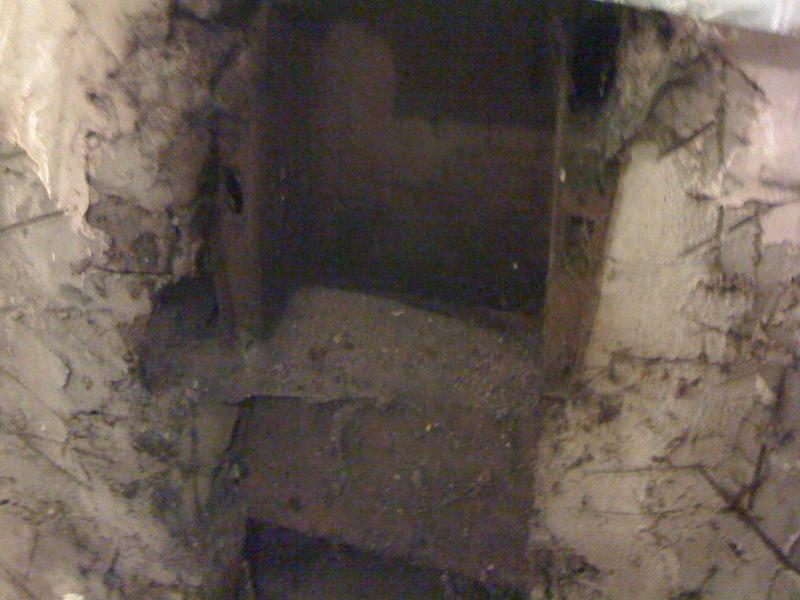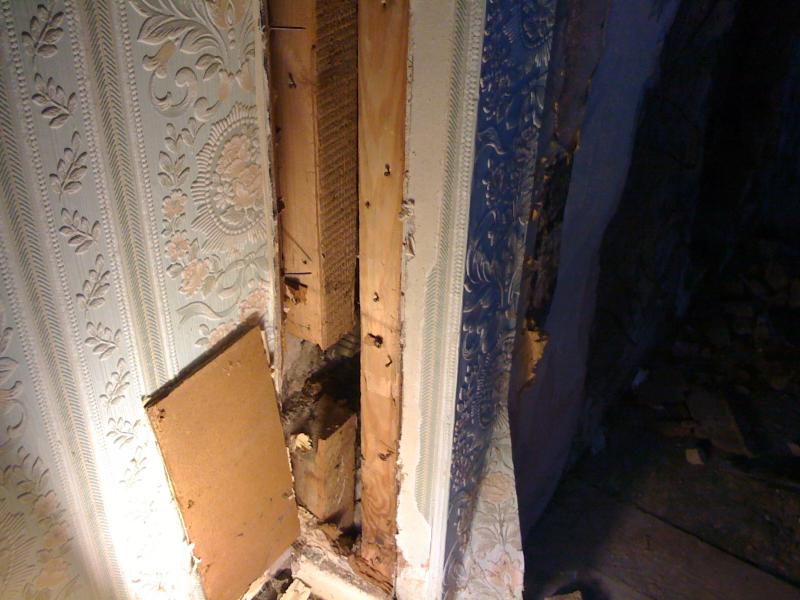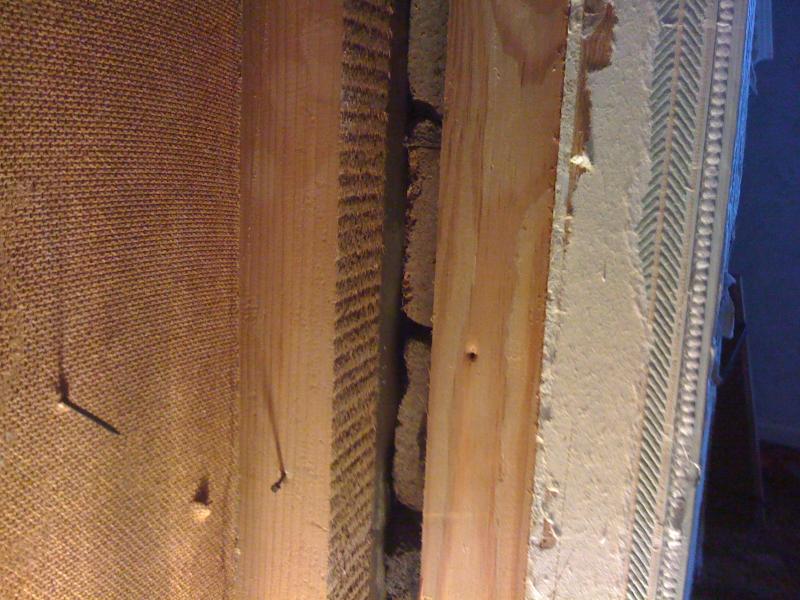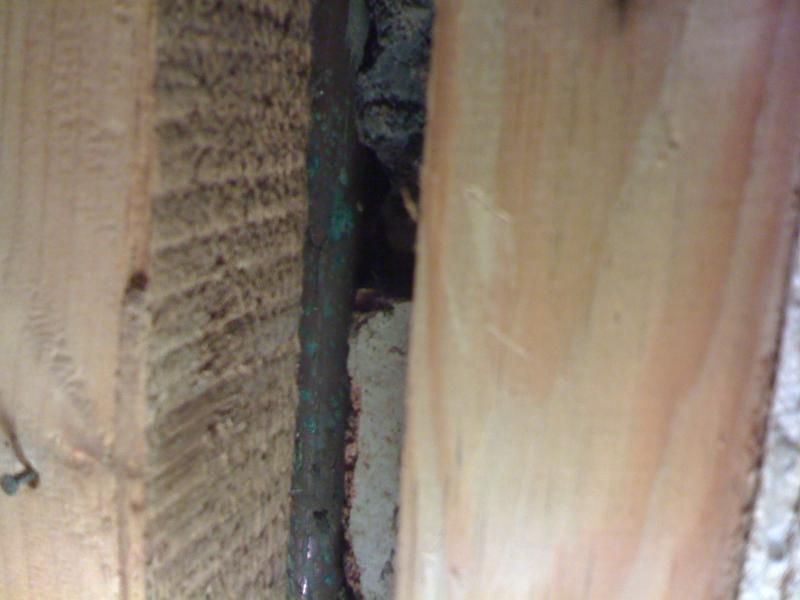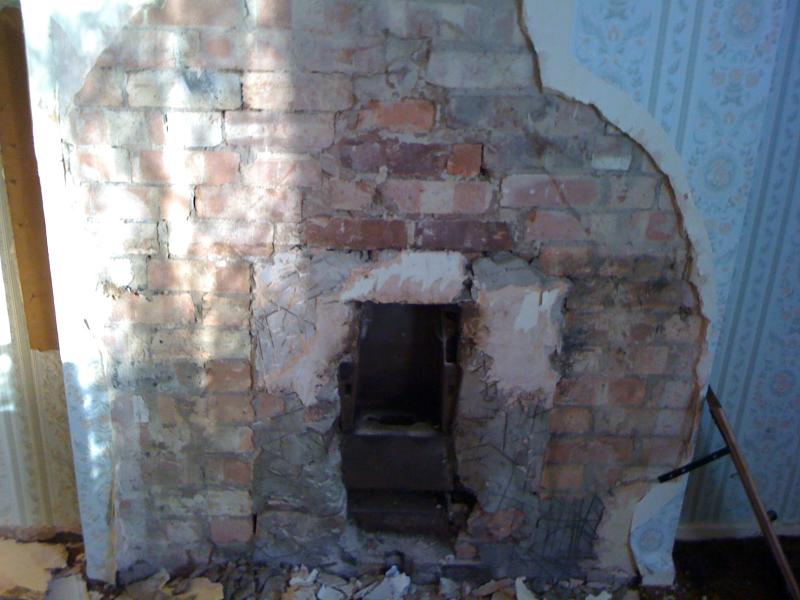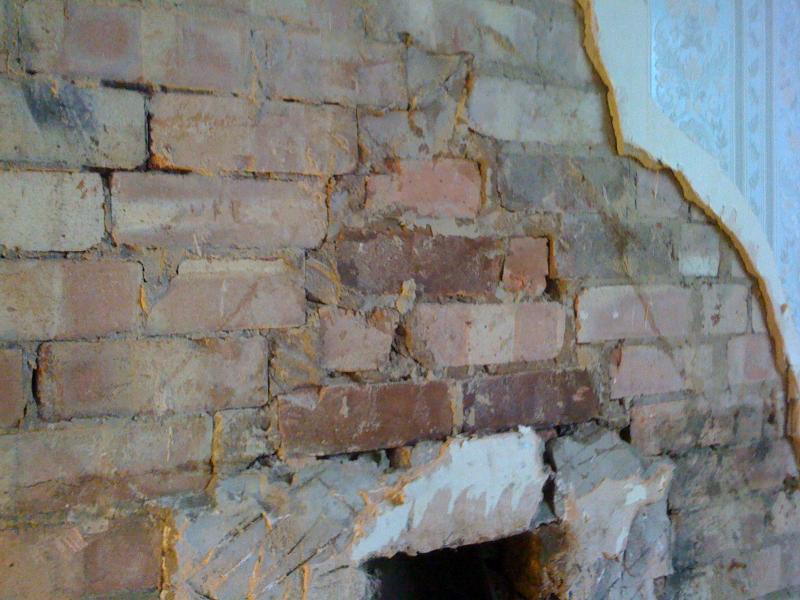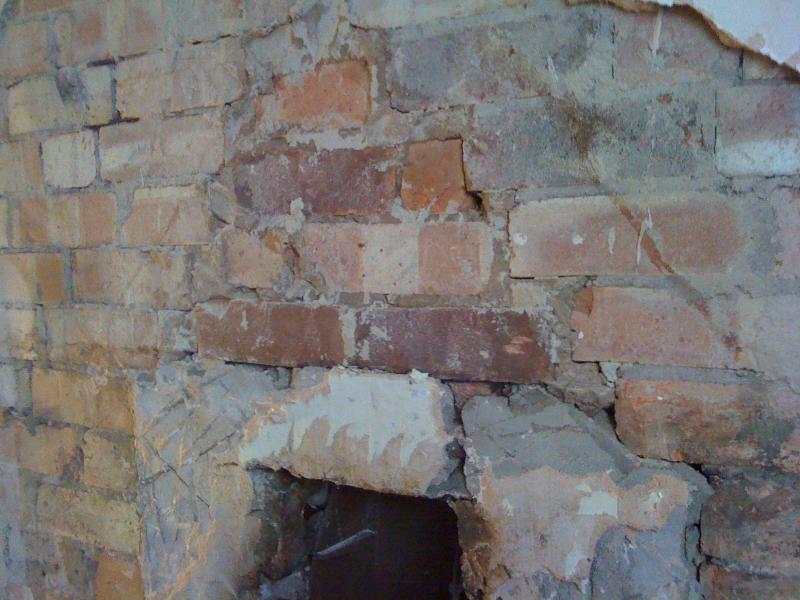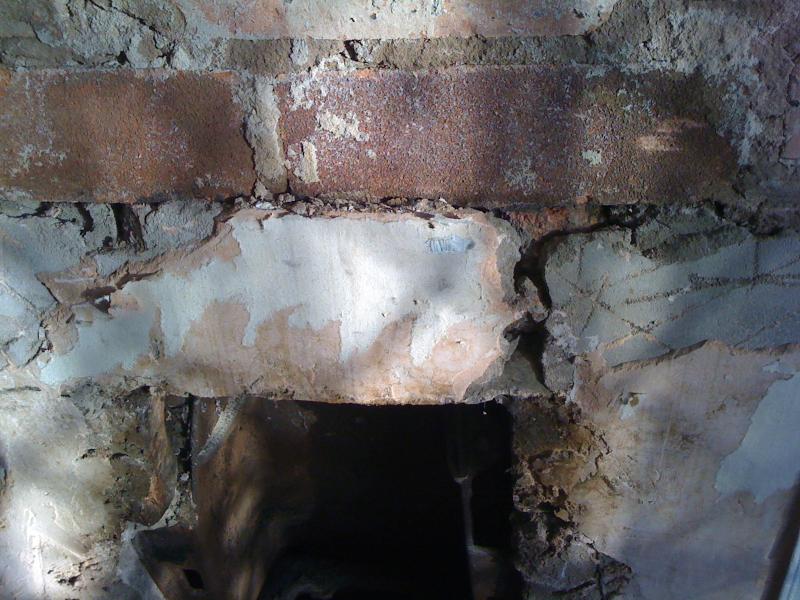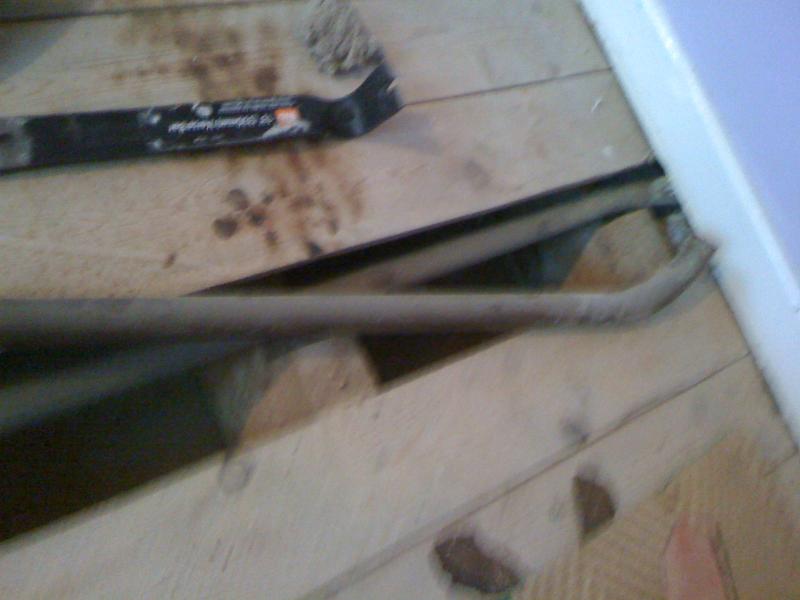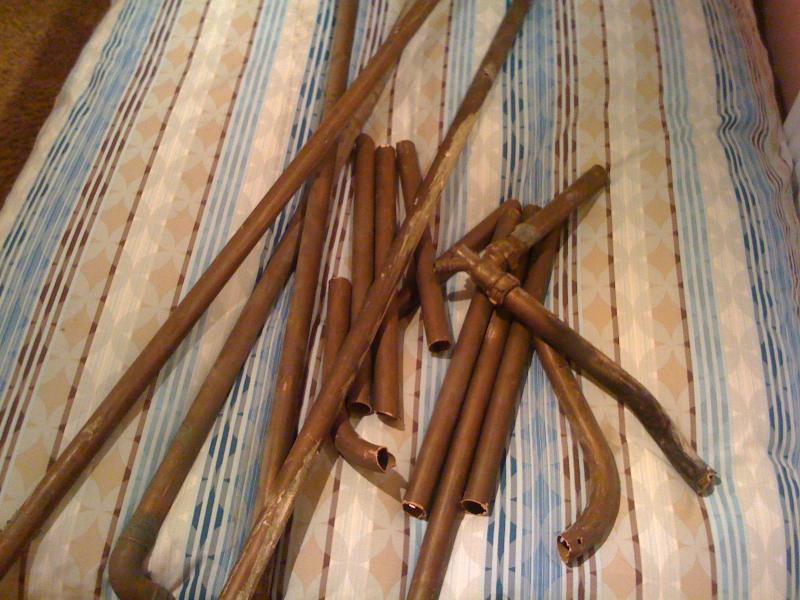I've just ripped out the old fireplace in my front room only to discover what i think is the original back boiler. I'd like to know if it's safe to remove it, and whether is it reasonably easy to do.
I've stuck my hand up the chimney opening/breast and i can't feel a lintel which concerns me, the house is heated by a reasonably newish combi boiler, turning that on and leaving the radiators to warm up suggests its been cut off from the heating system at some point as it remains cold. I can't find where it's been disconnected though, i've had a few floorboards up so i assuming the pipes must be buried deep in the chimney.
I would like a coal fire in there, but if they are generally a pain/expensive to remove i'd settle with bricking it up and sticking a new gas fire in front of it.
Just wondering if this a fairly straighforward job for DIY donkey worker like me
Tidied up a bit now, silt and dust removed in the picture below - would unscrewing the two bolts split the boiler into two segments like a nut shell resulting in a flood of water? Not sure where to start really.
I've stuck my hand up the chimney opening/breast and i can't feel a lintel which concerns me, the house is heated by a reasonably newish combi boiler, turning that on and leaving the radiators to warm up suggests its been cut off from the heating system at some point as it remains cold. I can't find where it's been disconnected though, i've had a few floorboards up so i assuming the pipes must be buried deep in the chimney.
I would like a coal fire in there, but if they are generally a pain/expensive to remove i'd settle with bricking it up and sticking a new gas fire in front of it.
Just wondering if this a fairly straighforward job for DIY donkey worker like me
Tidied up a bit now, silt and dust removed in the picture below - would unscrewing the two bolts split the boiler into two segments like a nut shell resulting in a flood of water? Not sure where to start really.


